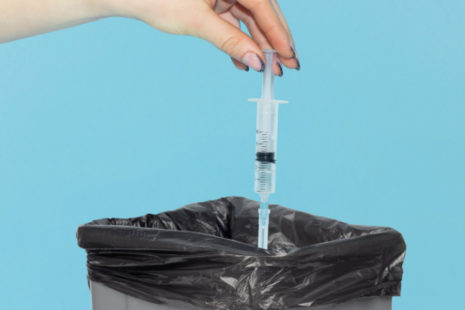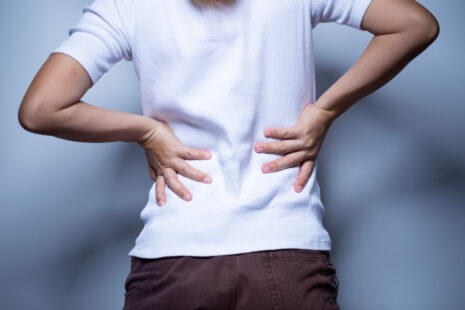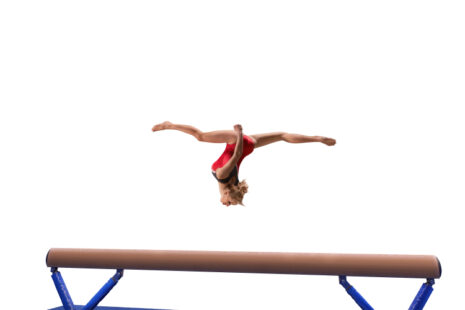The timing for lifting weights after a boxer’s fracture (fracture of the metacarpal bone in the hand) will depend on the severity of the injury, the treatment received, and how well the fracture is healing. Following your healthcare provider’s recommendations and guidance during the recovery process is essential.
Here are some general guidelines…
- Immobilization period – In the initial healing phase, the fractured hand will likely be immobilized with a cast, splint, or brace to protect the bone and promote proper alignment. During this period, you should avoid lifting weights or putting stress on the injured hand to allow for adequate healing.
- Healing timeline – The time it takes for a boxer’s fracture to heal can vary depending on the individual and the specific fracture’s severity. Fractures take around 6-8 weeks to heal, but it may take longer in some cases.
- Follow-up appointments – Regular appointments with your healthcare provider, typically an orthopedic surgeon or hand specialist, are crucial to monitor the healing progress. X-rays may be taken to assess bone healing, and your provider will guide you on when it’s safe to start weightlifting again.
- Rehabilitation and physical therapy – Once your provider determines the fracture is sufficiently healed, they may recommend it. These sessions will focus on strengthening the hand and improving its function before resuming weightlifting.
- Gradual return to weightlifting – After receiving clearance from your healthcare provider and completing rehabilitation, you can gradually reintroduce weightlifting exercises. Start with low weights and exercises that do not place excessive stress on the injured hand. Pay attention to how your hand feels during and after each session and adjust your routine accordingly.
- Technique and form – When you begin lifting weights again, be mindful of your technique and form. Ensure proper hand positioning and grip to prevent undue stress on the injured hand.
- Avoiding overloading – During the early stages of weightlifting, avoid overloading the injured hand. It’s essential to progress slowly and not rush into heavy lifting too soon, as this could increase the risk of re-injury.
Always follow your healthcare provider’s instructions and avoid returning to weightlifting until you have received the go-ahead. Resuming weightlifting too early can hinder healing and lead to complications. Listen to your body and stop any exercise that causes pain or discomfort.




